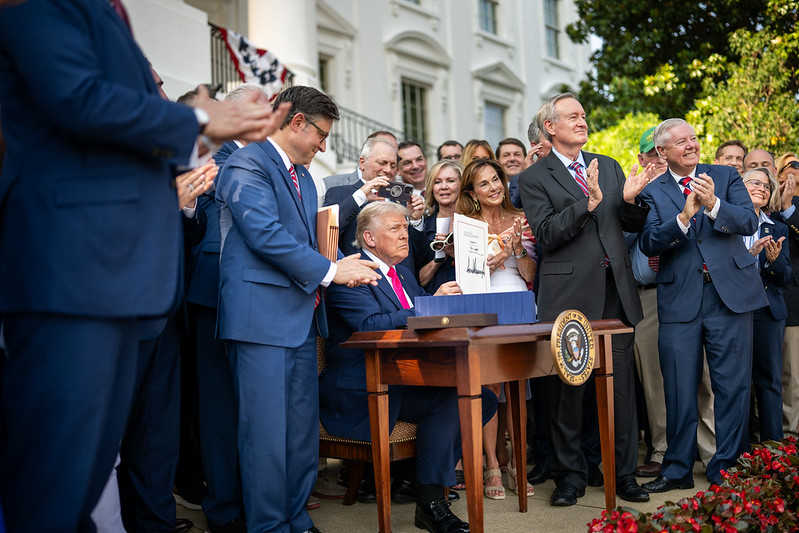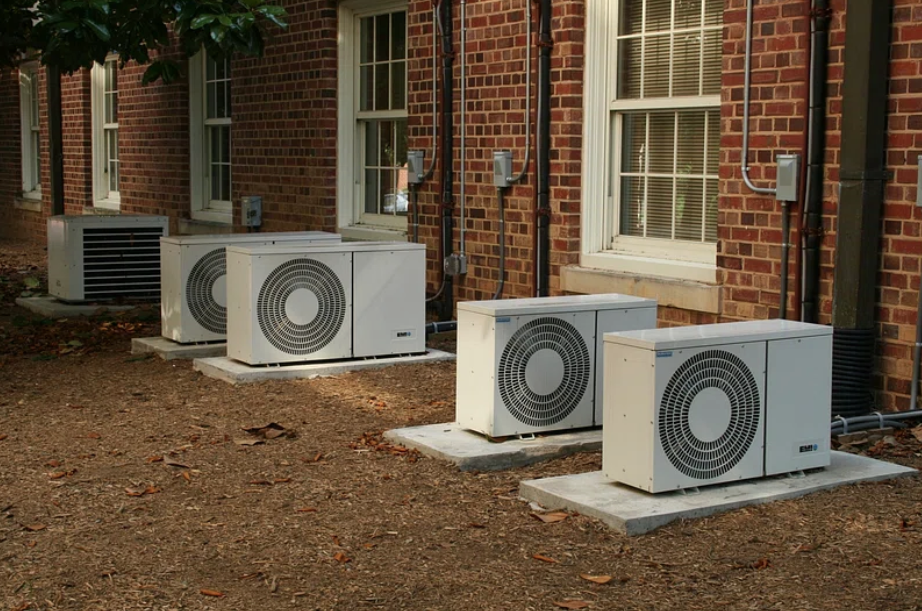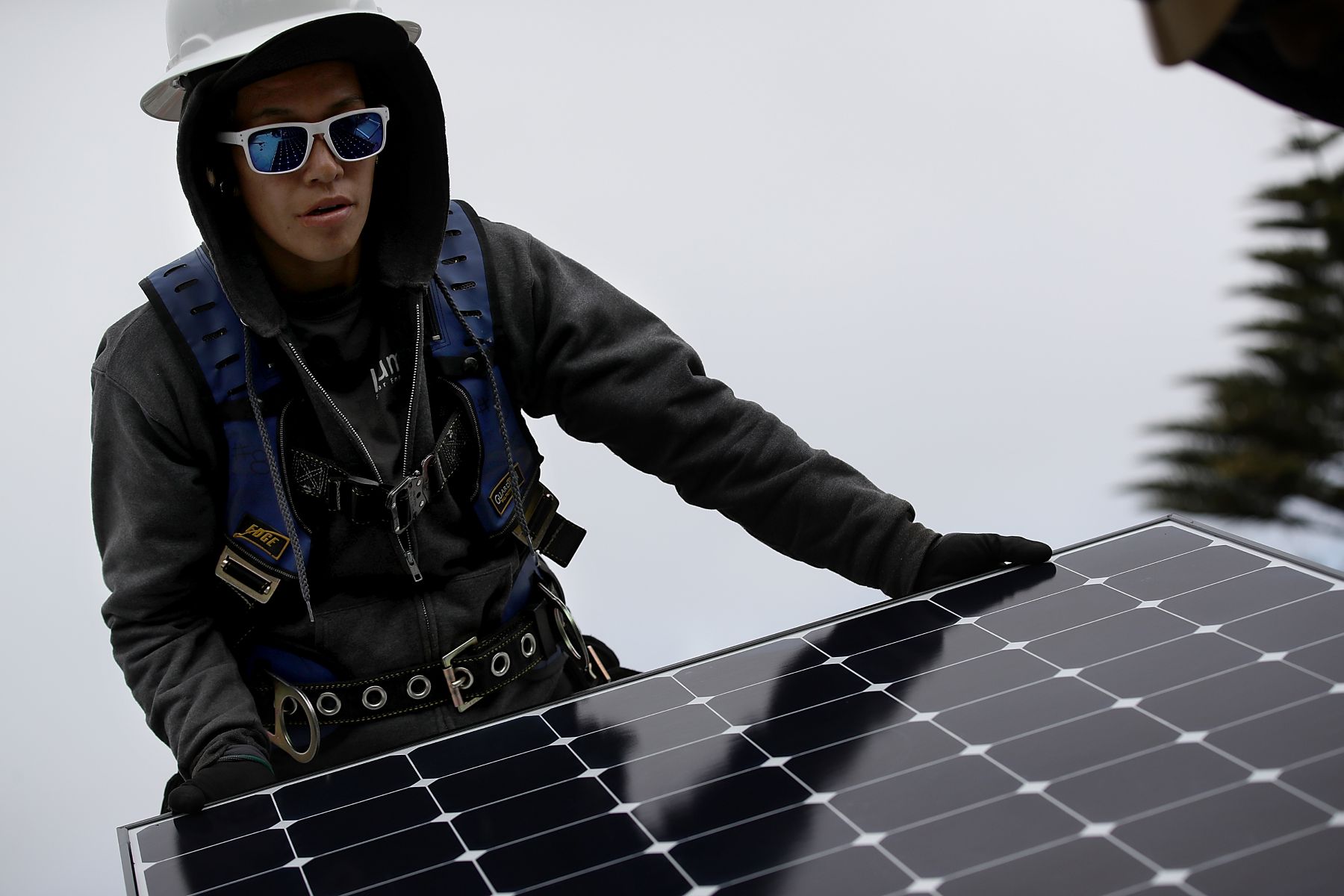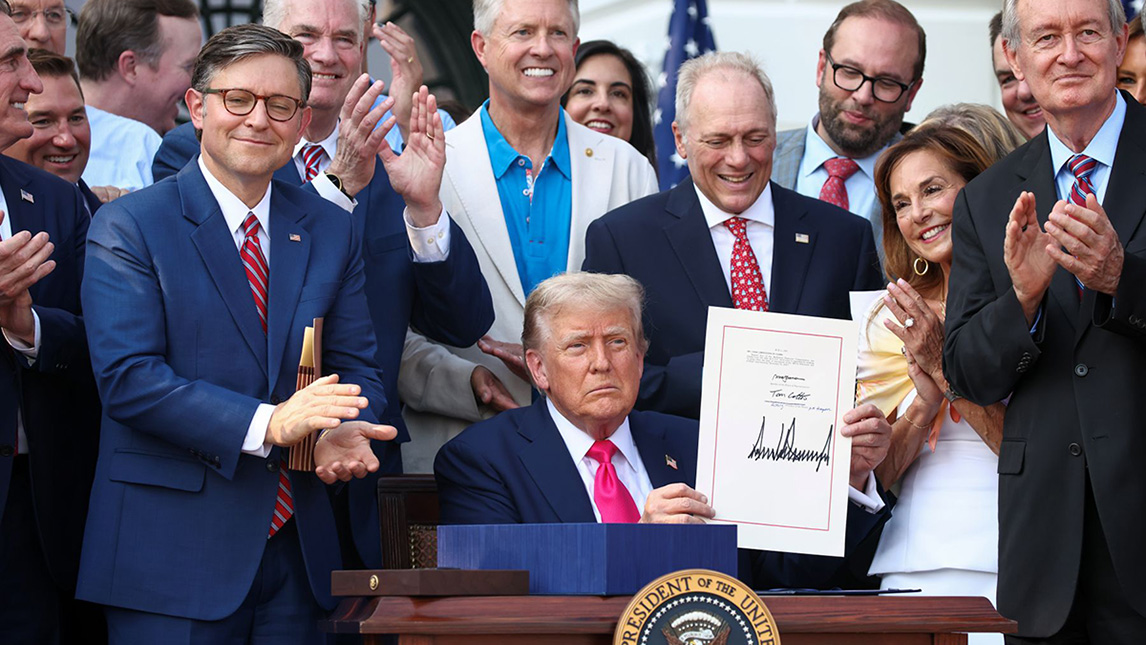Three Ways to Ensure Programs Are Equitable and Effective
Once a funding source is determined, it’s also critical to direct that funding efficiently to make the most equitable and effective use of it. That generally means focusing direct incentives on low-income households first, and looking toward solutions like low-cost financing for moderate and higher income households.
1. Low-Income Household Direct Install Programs
For low-income households, it’s important to have a robust program for direct-install whole home retrofits that can simultaneously upgrade heating equipment, weatherize the home, and address issues such as lead and asbestos. Many states already have, or are exploring, whole-home retrofit programs that can provide a one-stop shop for households to access a variety of programs and incentives for a coordinated home upgrade project. States can and should leverage their Weatherization Assistance Program and Low Income Heating Assistance Program money for such programs, as well as leveraging funding sources noted above.
Also, the Home Energy Rebates (HER) program survived the GOP megabill and is still a tool available to state energy offices to fund home upgrade programs. Unfortunately, Trump’s Department of Energy (DOE) has been slow-walking approval of these state programs. States must urge DOE to approve those programs and release funding that households are waiting for.
2. Creating Incentives and Rebates
Not every household needs a direct install program, but many might need an upfront incentive or rebate to support them in upgrading to a heat pump. States, utilities, and municipalities from across the country provide incentives for customers to switch to heat pumps and heat-pump water heaters. These programs can and should be expanded, ideally with funding targeted toward low- and moderate-income households. Such programs should be simple, transparent, and easy for households to access, with funding available at the point of sale or installation. New York’s EmPower+ program is a great example of what this looks like in practice.
3. Providing Easy, Low-Cost Financing
For middle-income households, providing easy and low-cost financing for home efficiency and electrification projects can be a great way to leverage state or non-profit funding to channel private capital toward home upgrades.
Many states already have programs for Tariffed On Bill Financing (TOBF) for energy efficiency and other home upgrades. Also called Inclusive Utility Investment (IUI) financing, these programs allow the states, utilities, or green banks to provide upfront capital for home upgrades and receive loan payments directly on utility bills, at a net savings for customers. California has recently implemented an IUI financing program that will unlock funding for millions of households in need of building upgrades.
States should be proactive and include strong consumer protections in any financing program to avoid some of the predatory practices that plagued some similar programs in the past. To protect consumers, anyone offering financing should first direct customers to low-income incentive programs, verify that projected bill savings are accurate, and ensure the customer has the clear ability to repay the loan.
Despite GOP Efforts, the Future Is Electric
While the Republicans’ OBBBA attempted to quash clean energy and electrification efforts, the heat pump revolution is not something that can be stopped. Sales of heat pumps are now consistently higher than gas furnaces, and it’s just a matter of time until the market is fully transformed. The key, now, is for states and cities to set up the right programs to equitably accelerate that transformation, so we can avert the worst of climate change and reap the benefits of cleaner air and lower utility bills.







